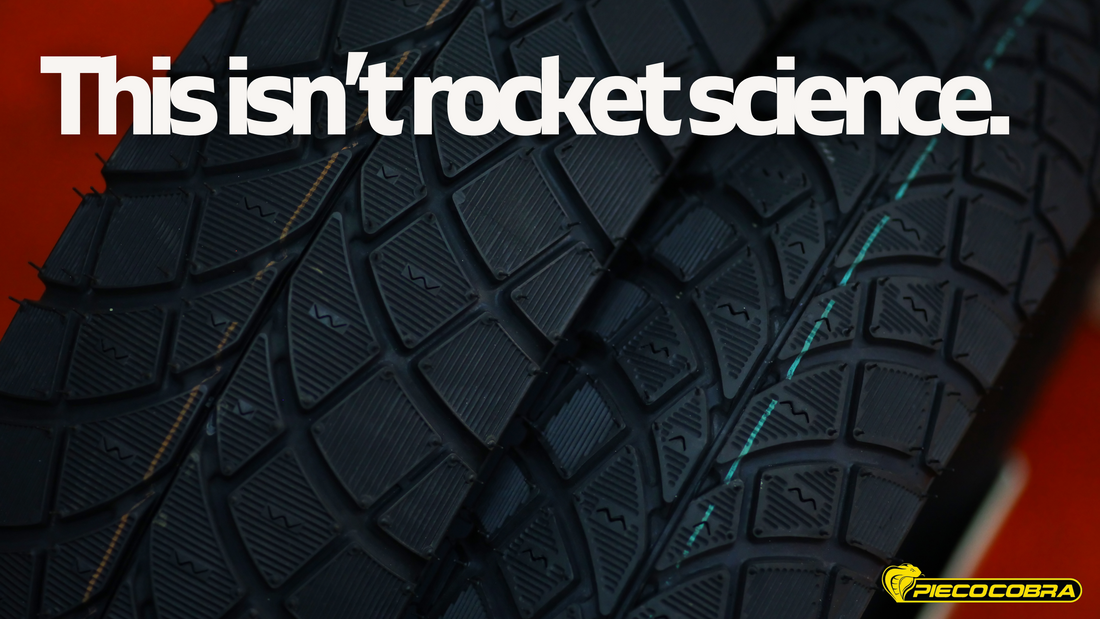
Tubed vs. Tubeless Tires: All you need to know
Share
TUBED
Uh, the tube. Even if you never saw a motorcycle before, you’d know that! But of course there’s actually more to it than that. The two kinds of motorcycle tires are constructed differently and have different advantages and applications.
TUBELESS
Tubeless tires are designed to be airtight. Tube-type tires are made to work with a separate air-holding component that holds the pressurized air — the inner tube. So how did the system with two parts come before the simpler system with just one?

WHAT ARE THE ADDED VALUES OF TUBELESS TIRES?
Tubed tires were the first pneumatic motorcycle tires for several reasons. First of all, rubber’s properties vary wildly depending on how it’s manufactured and treated. The outside of a tire needs to be tough enough to endure miles of riding, while the tube needs to be soft and flexible so it can be installed inside the tire. By using two types of rubber to do two different jobs, we wound up with two components for much of motorcycling history.
Tubeless tires offer some big advantages over their tubed counterparts. They reduce weight, run cooler, and can be made in a wide range of profiles. They can also handle punctures better. When a tubed tire takes a nail at 90 mph, the tube can deflate instantly, collapsing the tire with it. A tubeless tire can capture the nail (screw, or pointy road debris of your choice) in the tire’s thick main layer, sealing around the intruder to keep the air inside. Can being the important word here. It doesn’t always work out that way, but a tubeless tire gives you better odds of experiencing a slow deflation that gives you a chance to get off the road safely, instead of sudden and total deflation.
